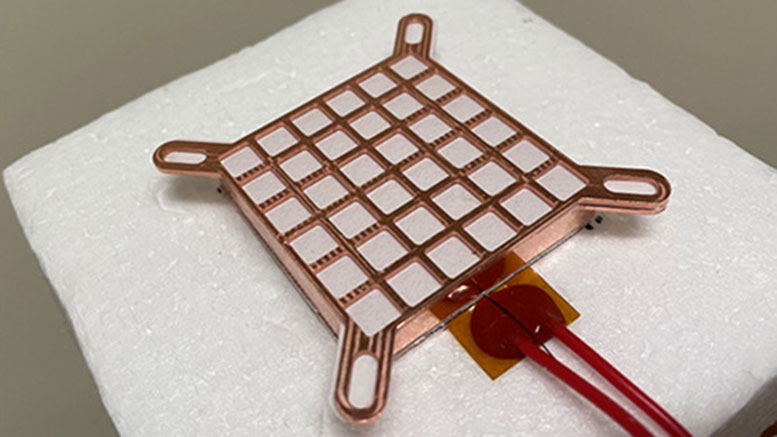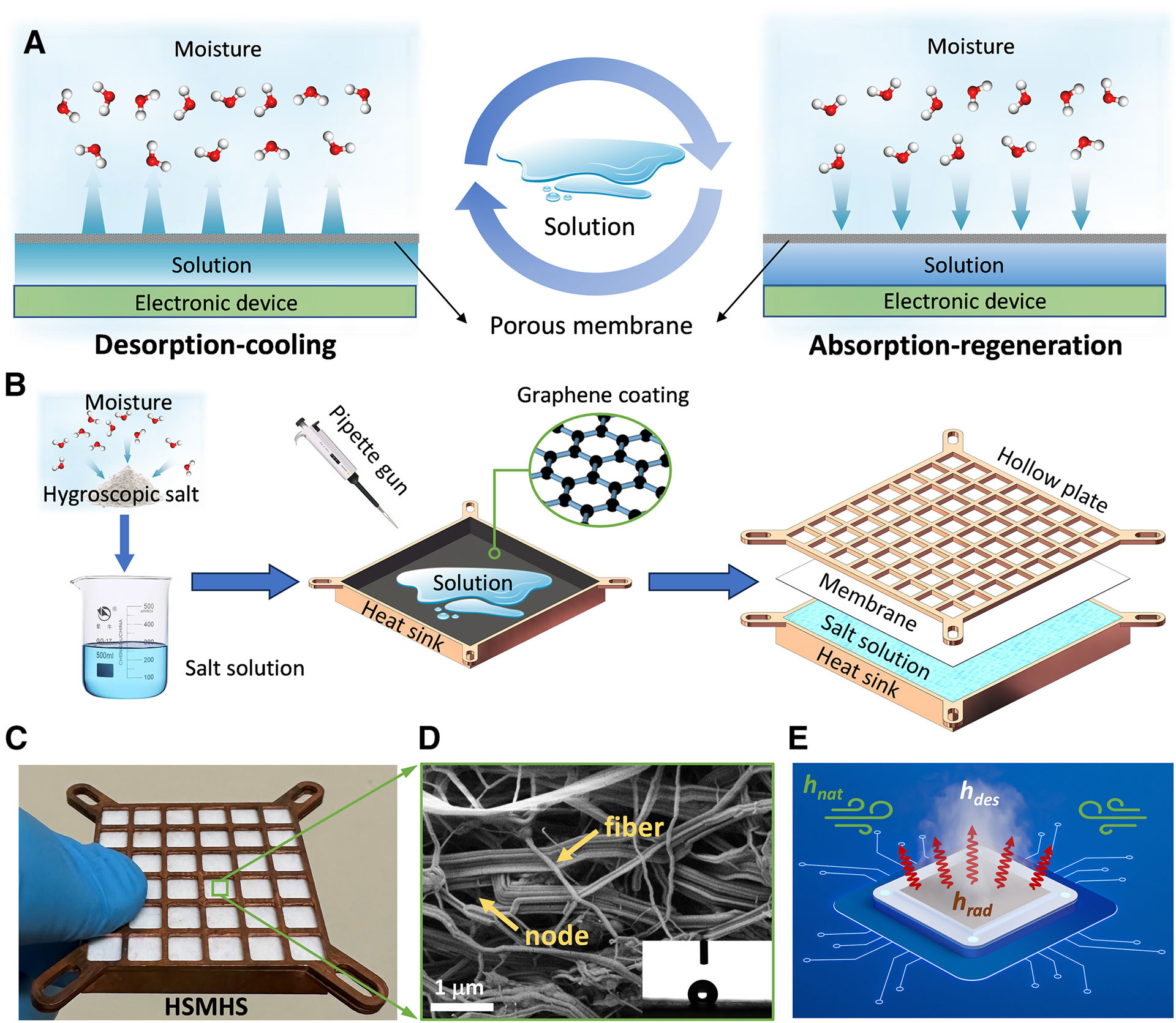
A recently published scientific research paper boasts of the “outstanding performance” of a new passive thermal management system that can boost CPU performance by up to 32.65% via saltwater cooling. The system is self-refilling, too: it can recharge its cooling capacity by absorbing moisture from the air.
Called a "hygroscopic salt-loaded membrane-encapsulated heat sink" (HSMHS), the system utilizes a lithium bromide salt confined by a porous membrane which allows water to evaporate. According to the researchers from City University Hong Kong and the School of Energy and Power Engineering, Huazhong University of Science and Technology, Wuhan, a test computer system delivered 32.65% better performance using this new salt-based passive cooling technology.
Cooling processors, and, on a grander scale, buildings like data centers, can be a significant cost for both businesses and the environment. Passive cooling technologies are inherently attractive because they have no moving parts and require no direct power. However, the currently available passive coolers often get heat-saturated quickly, which causes system performance to drop off (e.g. thermal throttling).



The key appeal of the new lithium bromide salt-based HSMHS is that it can usefully cool a system for 10 times longer than state-of-the-art alternatives like metal-organic frameworks (MOFs) and hydrogels (a phase change material, or PCM). Over this time period, users can expect better performance — and the benefit was measured at almost a third better performance, during this research.
So, how does the new hygroscopic salt-loaded membrane-encapsulated heat sink work? The scientists crafted a standard-looking heatsink and placed a lithium bromide solution onto it, held in a porous membrane material, which allows water vapor to pass through it. A cooling action occurs due to the desorption process of the salt solution, releasing water vapor into the surrounding atmosphere through the porous membrane.
The results of the testing of the above HSMHS were that the computer processor could run at below 64 degrees Celsius for about 400 minutes (over six and a half hours). This result is said to be 10x better than the MOF alternative.
During off or idle hours the HSMHS can recharge its cooling capacity by absorbing moisture from the air. In some of the diagrams, you will see comparisons to an ‘HSHS,’ which is a similar passive cooler but performs less ably due to the lack of the membrane layer.
Another appealing feature of the new HSMHS is that it is claimed to be very cost-effective. Lithium bromide salts are cheap, it is said, and compared to something like the aforementioned chromium-based MOF, the HSMHS is about 1,000 times more cost-effective.
It will be interesting to see if we hear much more about this passive cooling technology development and adoption in the coming months. The scientists aren’t just looking at cooling computer processors with it, they also see it being useful in solar cells, buildings, and batteries.







